A PARADIGM SHIFT IN ORTHODONTIC AND IMPLANTTREATMENT: CASE REPORT OF CORTICAL IMPLANTSOLUTION FOR ANTERIOR GAP MINIMIZATION
Dr. Muhammad Shafie (Oral Implantologist), Dentonic Oral Surgery Implant Centre Rajbagh, Srinagar, J&K
ABSTRACT
Contemporary orthodontics often encounters complex clinical scenarios that demand innovative solutions to achieve optimal outcomes. In this case report, we present a unique orthodontic and implant case involving a 21-year-old female patient with an anterior gap, which posed both functional and psychological challenges. Conventional implant approaches were deemed unfeasible due to narrow labiolingual bone parameters. Consequently, the patient was referred for a cortical implant solution. The utilization of Monoimplants from Switzerland led to a remarkable transformation in a mere 72 hours, alleviating the patient's Unaesthetic concerns and significantly improving her quality of life.
Keywords: Contemporary orthodontics, implantology, cortical implant, anterior gap, aesthetic transformation, quality of life.
INTRODUCTION
Contemporary orthodontic and implant treatments continually strive to address challenging clinical situations to enhance patient outcomes. Conventional implantology may encounter limitations in cases with narrow labiolingual bone dimensions, necessitating alternative approaches. This case report illustrates the successful management of a complex orthodontic and implant case utilizing a cortical implant solution, resulting in a profound aesthetic and psychological transformation.
CASE PRESENTATION
A 21-year-old female patient presented with a significant anterior gap, which had not only functional implications but had also led to considerable psychological distress. The patient's appearance had negatively impacted her self-esteem to the extent that she abandoned her educational pursuits. Conventional implantologists declined treatment due to the patient's narrowest labiolingual bone parameters, posing a challenge for traditional implant procedures.
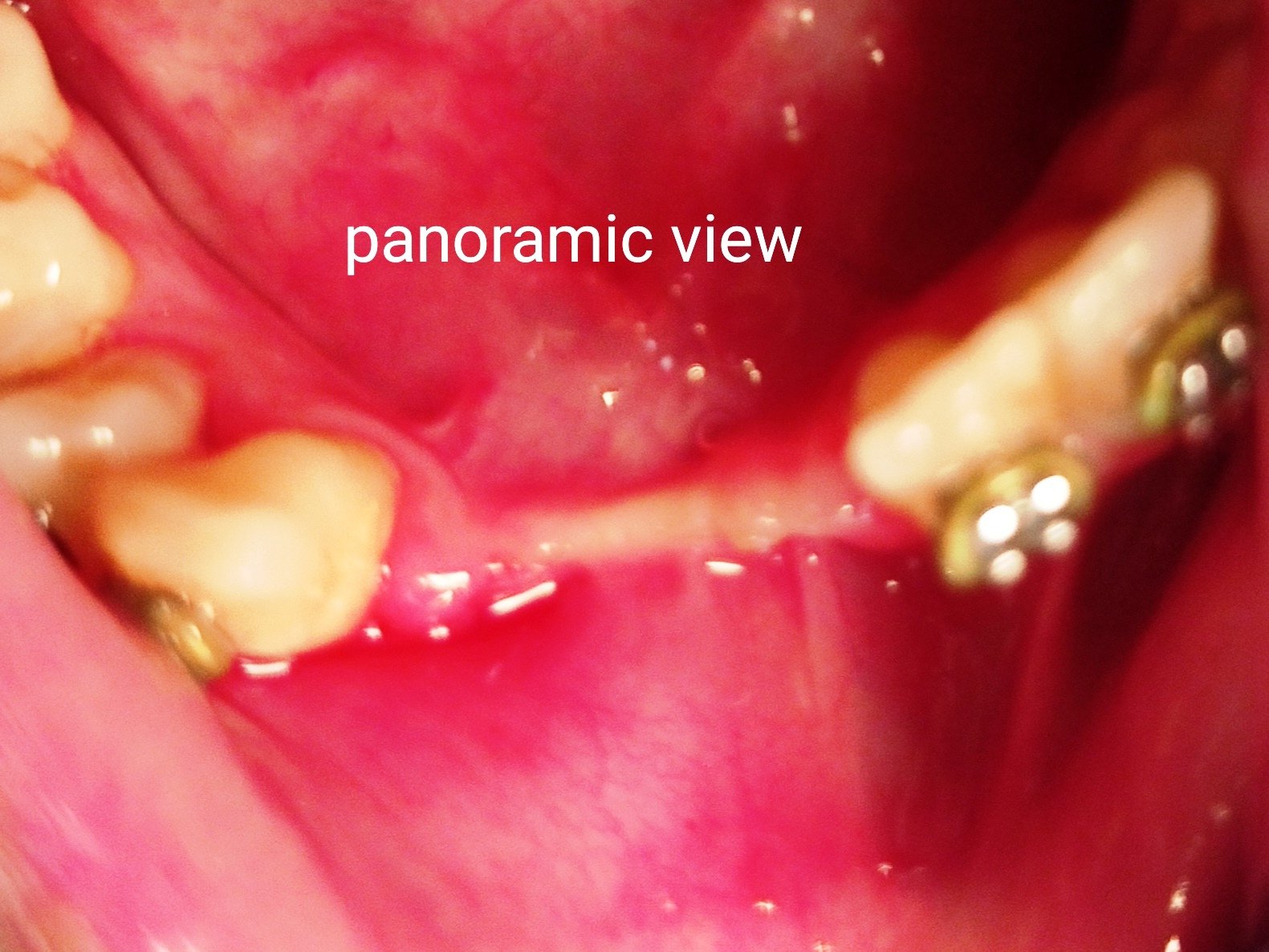

TREATMENT APPROACH
Given the limitations of conventional implant options, the patient was referred for a cortical implant solution. Monoimplants, a novel implant system from Switzerland, were chosen for their compatibility with cortical bone and demonstrated success in cases with restricted bone parameters. The treatment plan encompassed both orthodontic and implant components.
Orthodontic Treatment
Comprehensive orthodontic evaluation was conducted, and a customized treatment plan was formulated to minimize the anterior gap. Orthodontic appliances were strategically placed to facilitate controlled tooth movement and optimize the implant site.


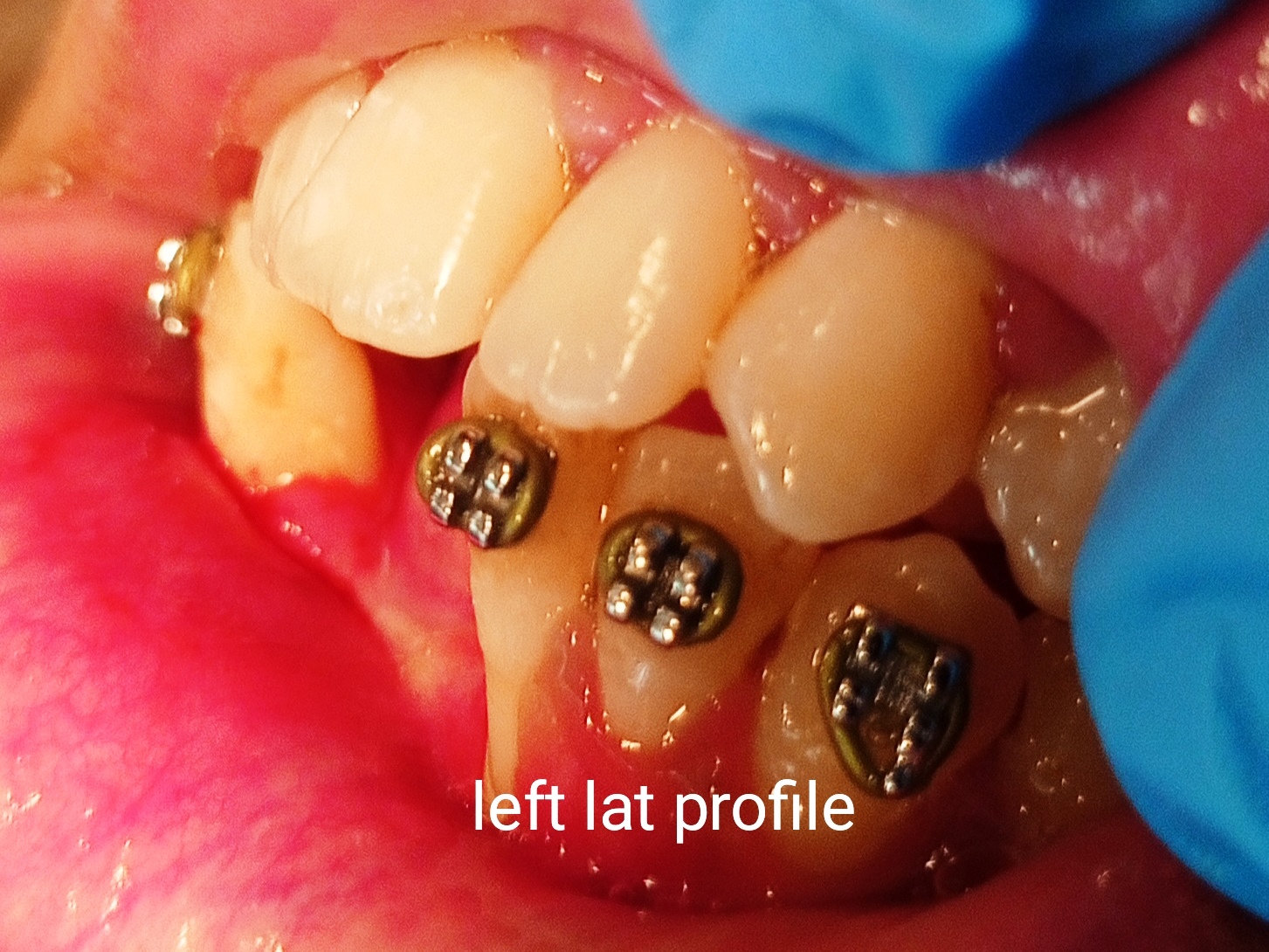
Implant Placement
The cortical implant procedure involved careful preoperative planning, including radiographic assessment and 3D modeling. The Monoimplant system allowed for precise implant placement in the cortical bone, circumventing the limitations of conventional implants. A minimally invasive approach was employed, minimizing trauma to the surrounding tissues.
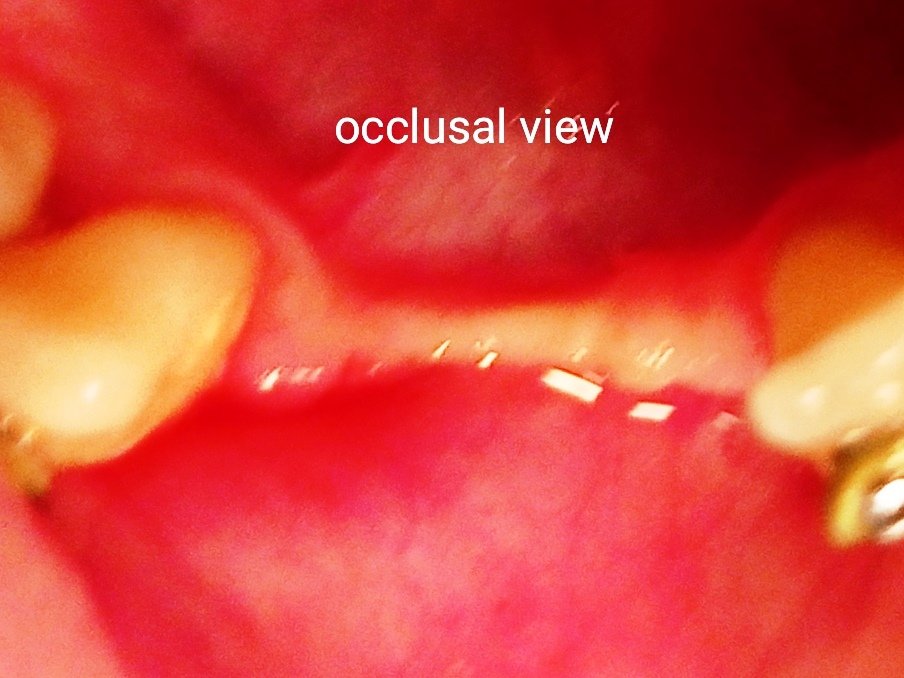

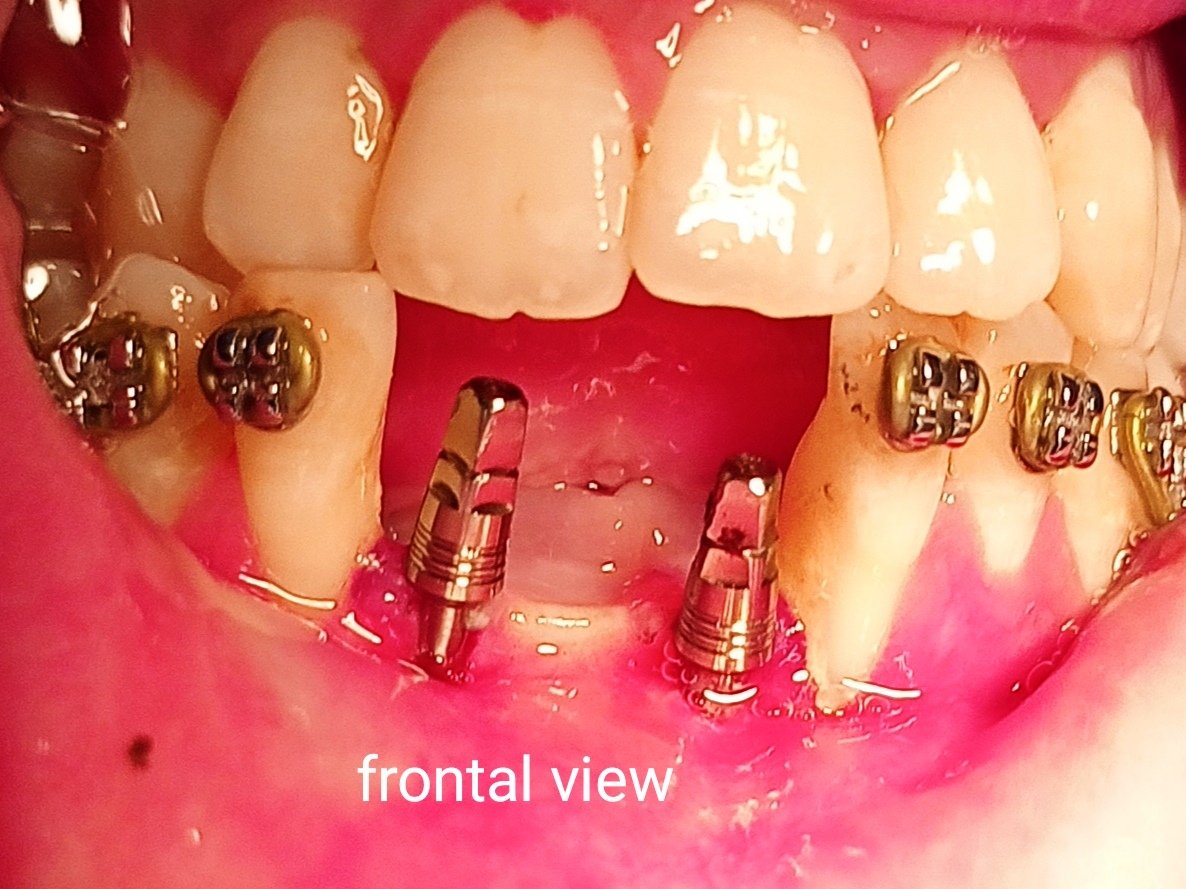

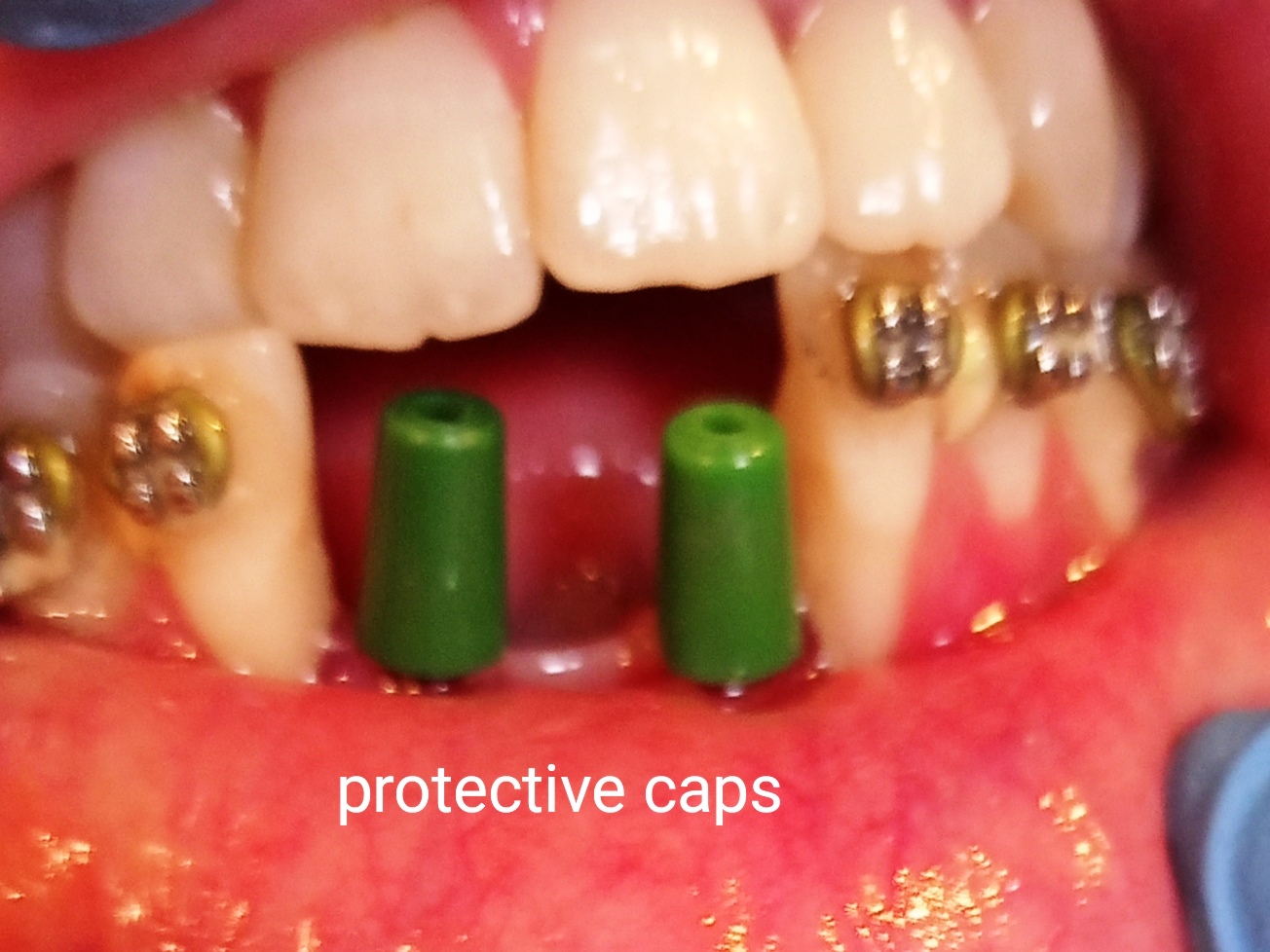
Postoperative Care
The patient received postoperative instructions for optimal healing and integration of the implant. Regular follow-up appointments were scheduled to monitor progress and ensure stability.
RESULTS
Within a remarkably short timeframe of 72 hours post-treatment, the patient exhibited a remarkable aesthetic transformation. The anterior gap was effectively minimized, leading to a significant enhancement in the patient's smile and facial harmony. Notably, the psychological impact was profound, as the patient reported a surge in self-confidence and a newfound sense of joy. The success of this innovative approach was evident in both the aesthetic and psychological domains, with the patient expressing gratitude for the life-altering change.
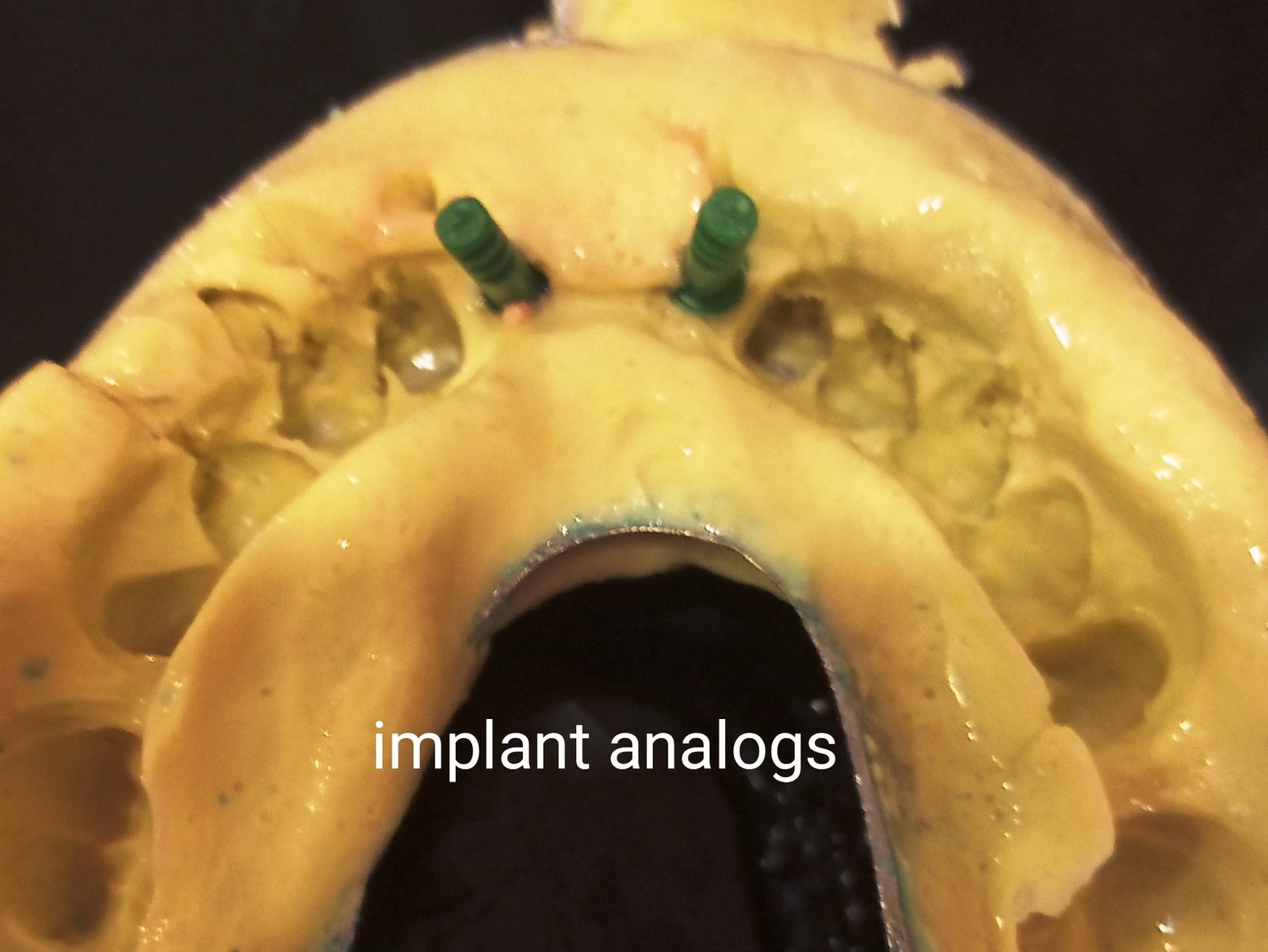
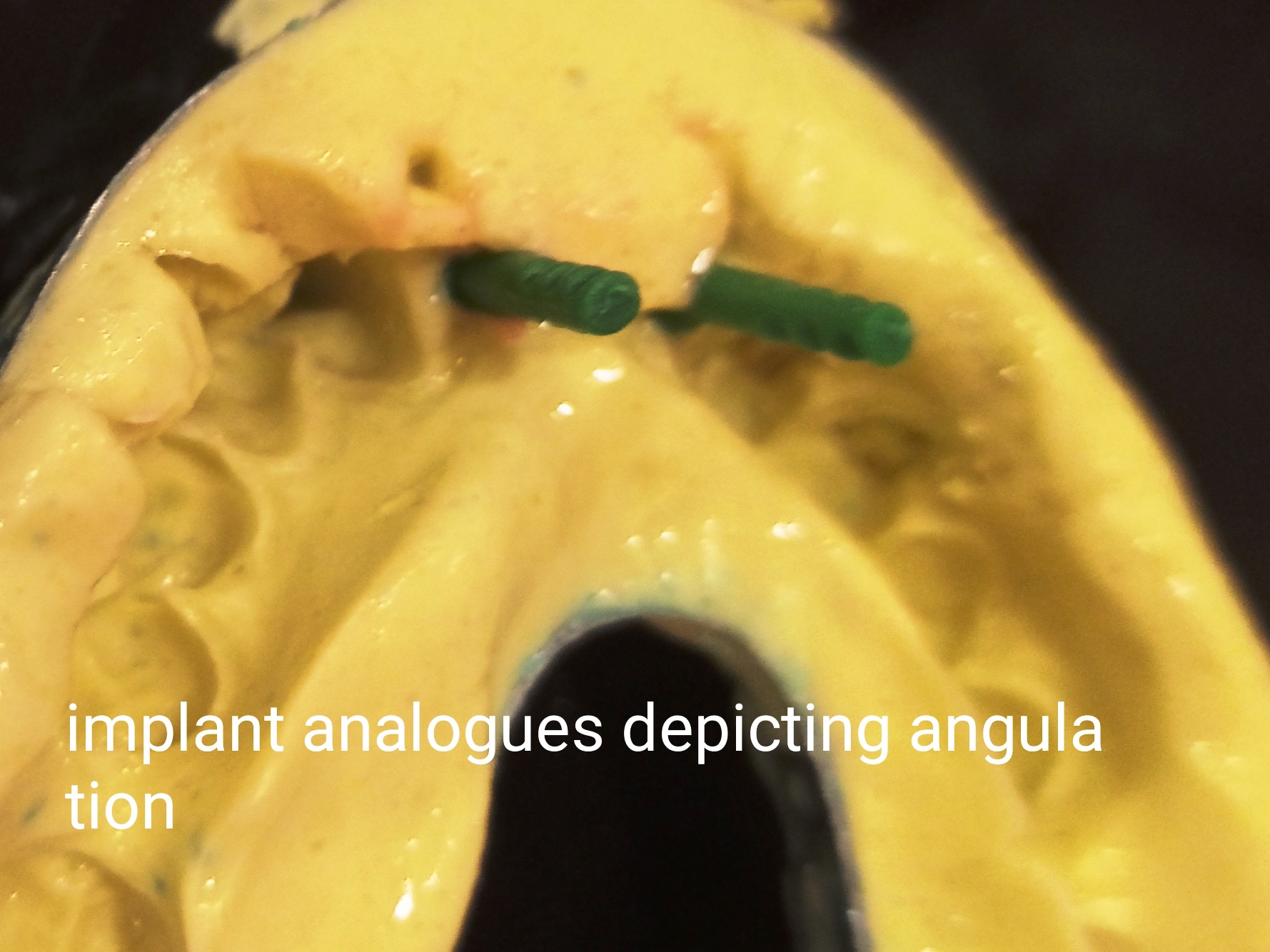

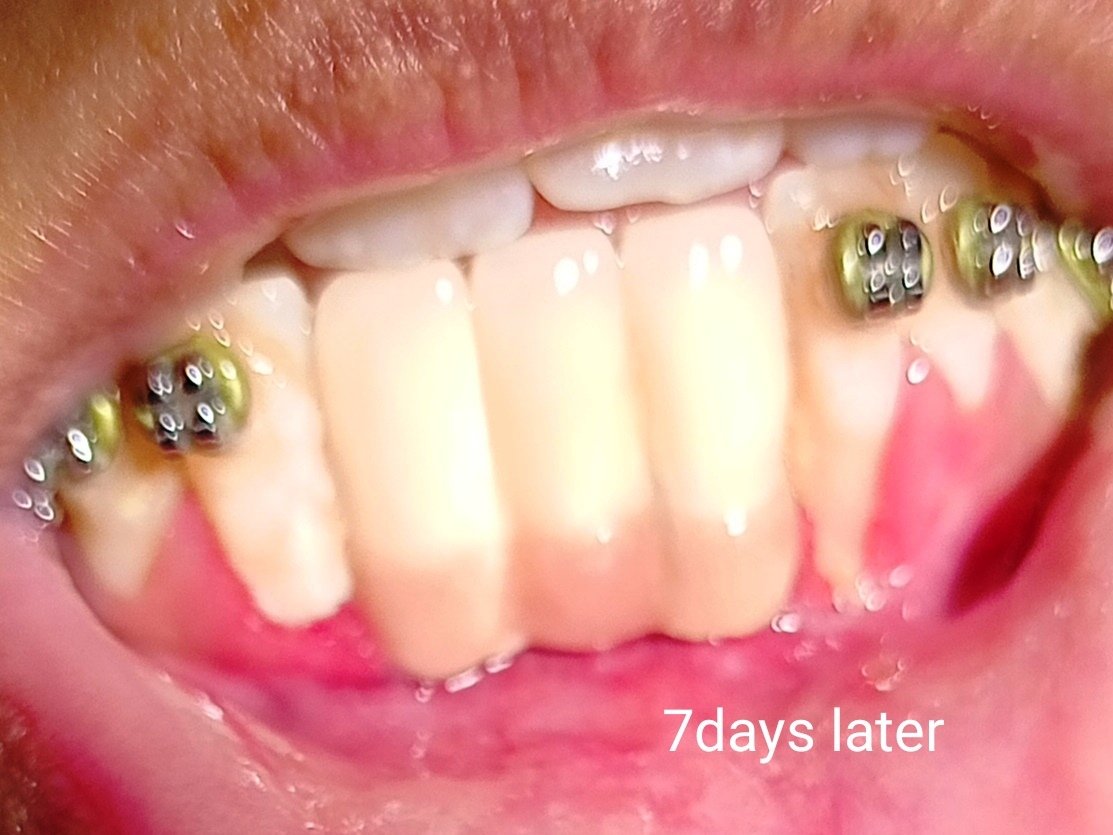
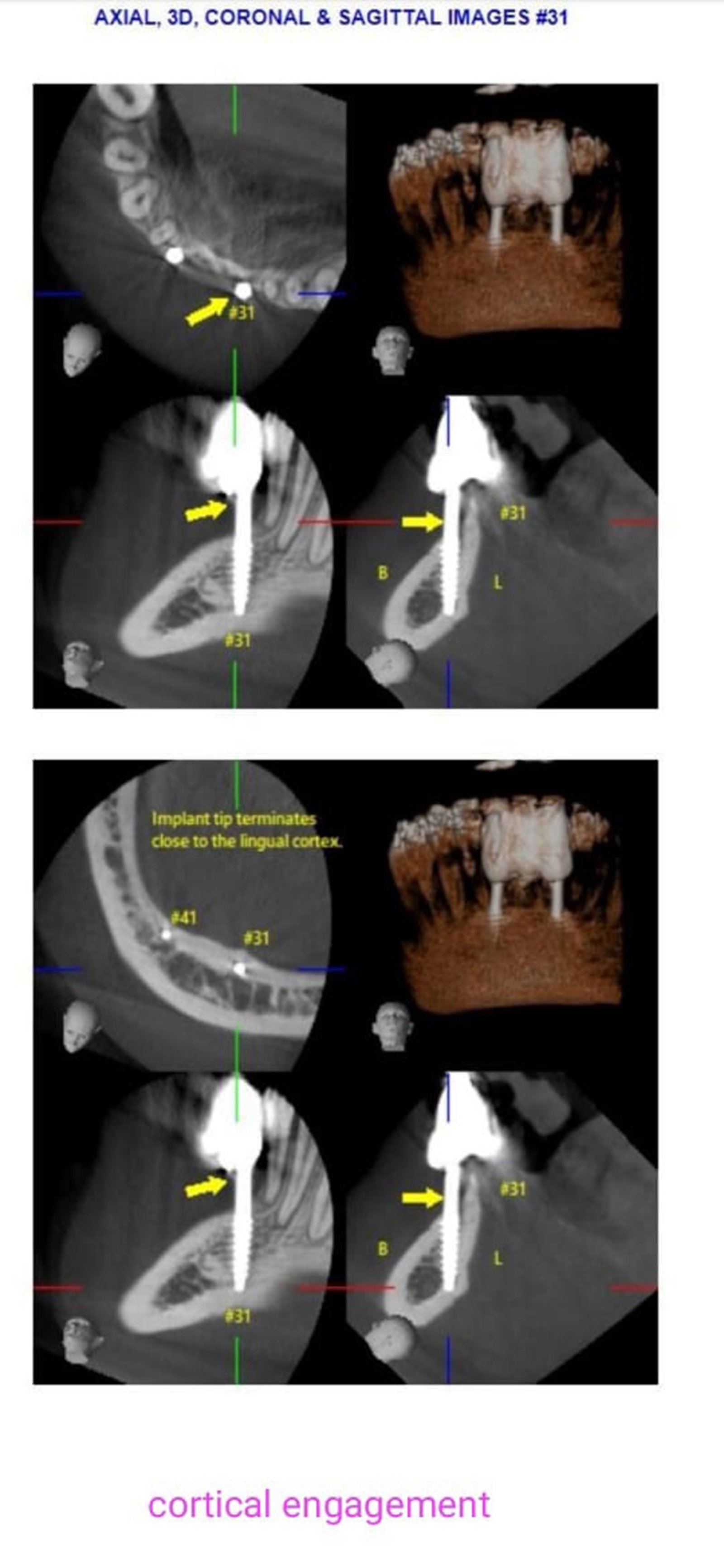
DISCUSSION
This case report highlights the pivotal role of innovative solutions in contemporary orthodontics and implantology. The use of a cortical implant solution, such as the Monoimplant system, proved instrumental in circumventing the limitations posed by narrow labiolingual bone parameters. The success of this approach was not only evident in the functional aspects of anterior gap minimization but also in the patient's psychological well-being.
CONCLUSION
The integration of orthodontic and implant treatments through innovative approaches can yield remarkable outcomes in complex clinical scenarios. The paradigm shift achieved in this case, utilizing a cortical implant solution, exemplifies the transformative potential of contemporary orthodontics and implantology. The profound aesthetic and psychological impact observed within a short timeframe underscores the significance of tailored, patient-centric approaches in enhancing overall quality of life.
Acknowledgments:
The authors would like to acknowledge the patient for her cooperation and trust throughout the treatment process. The support of Monoimplants from Switzerland in providing the implant system is also gratefully acknowledged.
Conflict of Interest:
The authors declare no conflicts of interest related to this study.
REFERENCES
References to relevant literature and studies cited in the manuscript.
